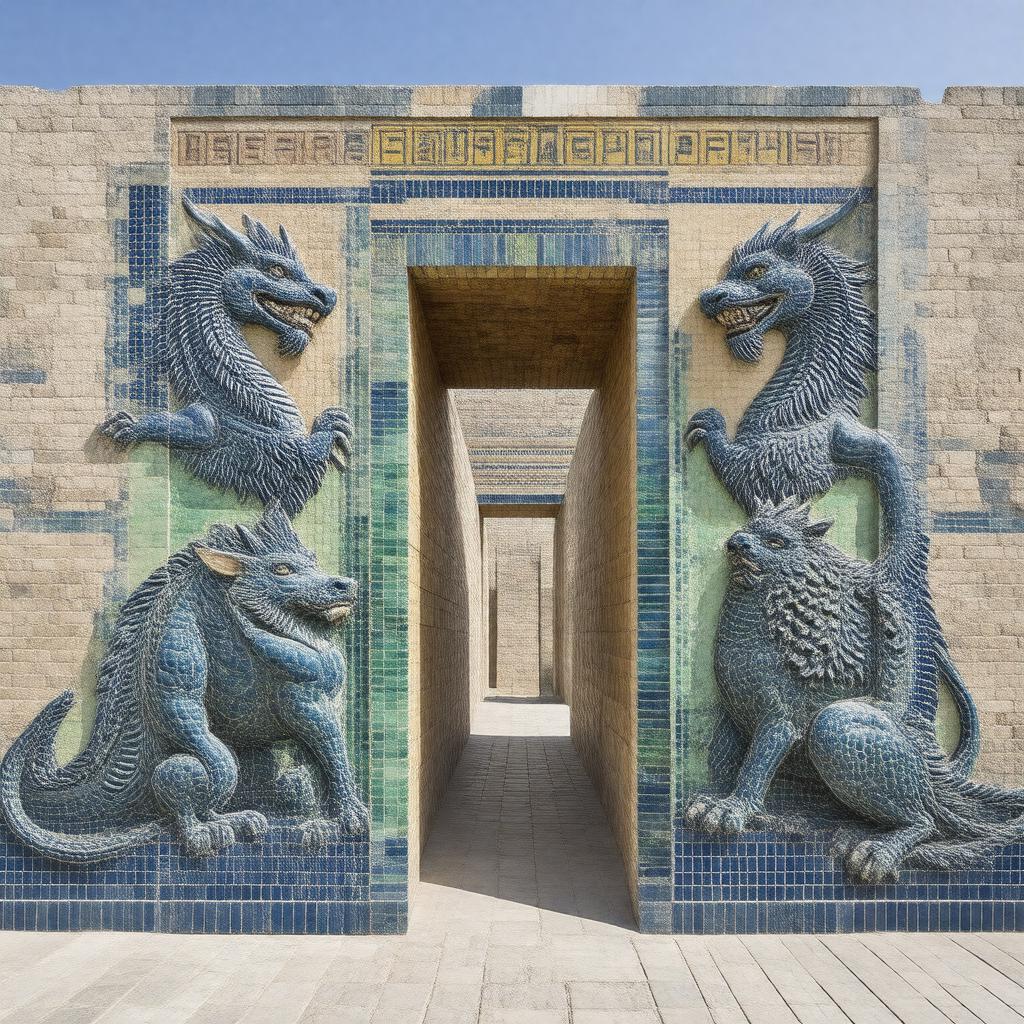Prompt
"Generate an image of the Ishtar Gate, a monumental city gate, set against a backdrop of the ancient city of Babylon. The gate is constructed from glazed bricks, adorned with vivid images of dragons (Mushussu), bulls (aurochs), and lions in a vibrant, detailed style reminiscent of ancient Mesopotamian art. The gate's structure is that of a double gate, with a large central passageway flanked by smaller ones, and features cuneiform inscriptions. The gate stands approximately 14 meters tall and 30 meters wide, with a majestic presence that symbolizes Babylonian power. Incorporate elements of the Processional Way in the background, with the gate's entrance leading to it. The style should be highly detailed and realistic, reflecting the gate's historical and cultural significance."

